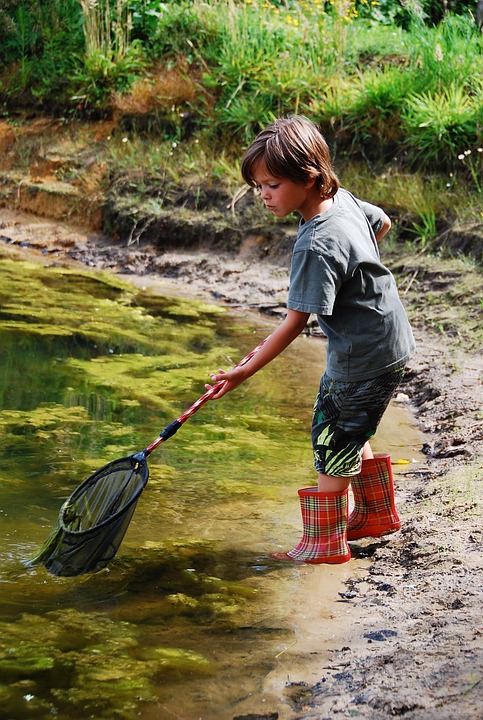Having a fish tank is a delightful and rewarding hobby, but encountering fish gasping at the surface can be a cause for concern. This article aims to provide a comprehensive assessment of the various factors that can lead to fish gasping, helping you understand and address this issue promptly. From water quality and oxygen levels to temperature fluctuations and disease, we will cover it all.
Water Quality:
The first factor to consider when addressing fish gasping is water quality. Maintaining optimal water conditions is crucial for the health of your fish. Elevated levels of ammonia and nitrite can be harmful to fish, leading to respiratory distress. Regular testing and proper filtration should be employed to ensure these levels are kept within safe parameters. Additionally, high nitrate levels can also negatively impact fish health, so it is important to monitor and maintain recommended levels.
pH Imbalance:
pH imbalances can also contribute to fish gasping. Fish require a specific pH range for optimal respiration, and deviations from this range can cause stress and respiratory issues. Regularly testing and adjusting the pH of your tank water can help prevent this problem.
Oxygen Levels:
Adequate oxygen levels are essential for fish respiration. Factors such as overstocking, lack of aeration, and poor surface agitation can contribute to oxygen depletion in fish tanks. Providing proper aeration and surface agitation through the use of air stones, filters, and water movement devices can help maintain optimal oxygen levels for your fish. Additionally, employing oxygenation techniques such as adding live plants or using oxygenating tablets can further enhance oxygen levels in your tank.
Temperature Fluctuations:
Rapid temperature fluctuations can stress fish and lead to gasping. Malfunctioning heaters or sudden changes in room temperature can cause drastic shifts in water temperature. It is important to regularly monitor the temperature of your tank and address any issues promptly. During different seasons, it is crucial to make necessary adjustments to prevent temperature fluctuations that can harm your fish.
Disease and Parasites:
Fish gasping can also be a symptom of underlying diseases or parasites. Common fish diseases such as ich, fin rot, and bacterial infections can cause respiratory distress. It is important to be aware of the signs and symptoms of these diseases and promptly address them through proper treatment and medication. Additionally, parasites can also impact fish respiration and overall health. Regularly inspecting and treating for parasites can help alleviate gasping symptoms.
Quarantine Procedures:
Implementing proper quarantine procedures is essential to prevent the introduction and spread of diseases in your fish tank. Quarantining new fish before introducing them to your tank allows for observation and treatment if necessary. This practice helps minimize the risk of introducing diseases that can lead to gasping or other health issues in your existing fish population.
In conclusion, understanding the causes of fish gasping at the surface is crucial for ensuring the well-being of your aquatic pets. Regular monitoring of water quality, maintaining optimal oxygen levels, preventing temperature fluctuations, and practicing proper quarantine procedures can significantly reduce the occurrence of this issue. Remember, a healthy and thriving fish tank starts with careful attention to the needs of its inhabitants.









